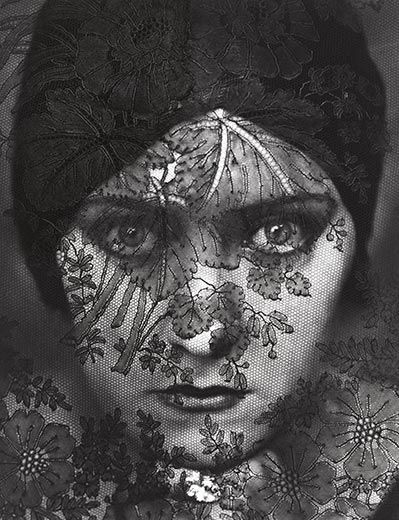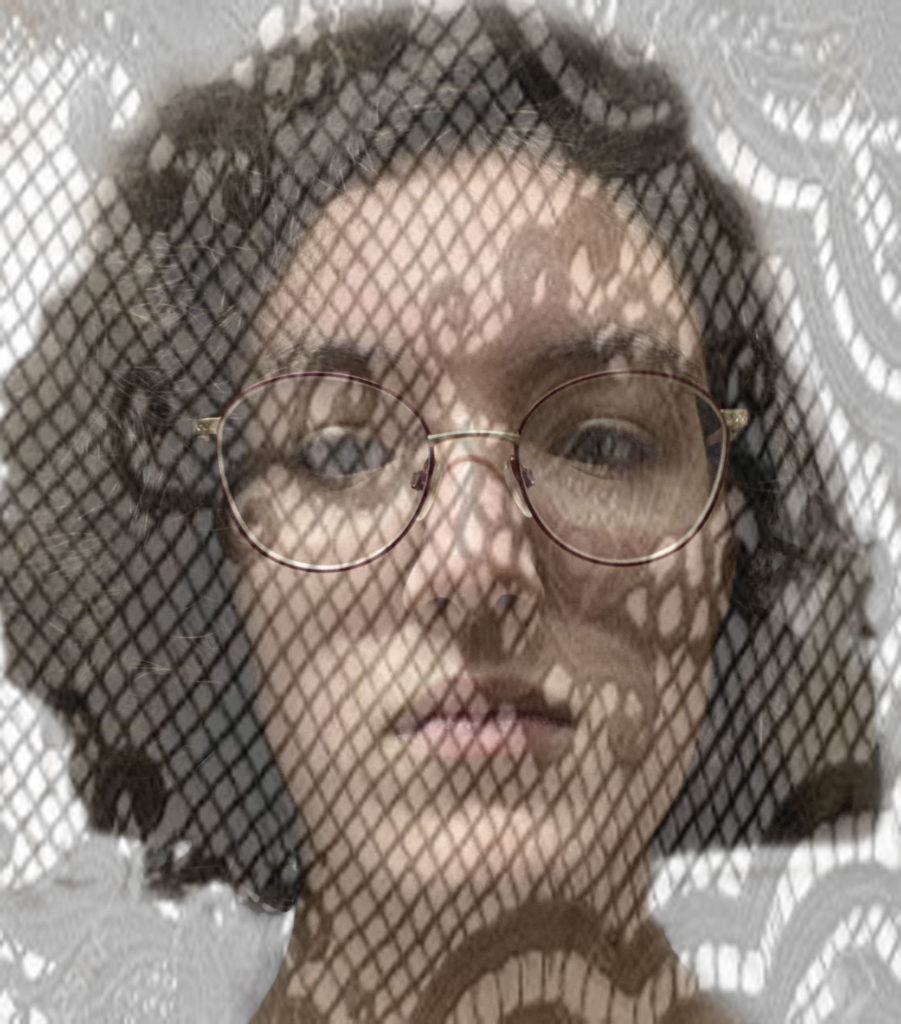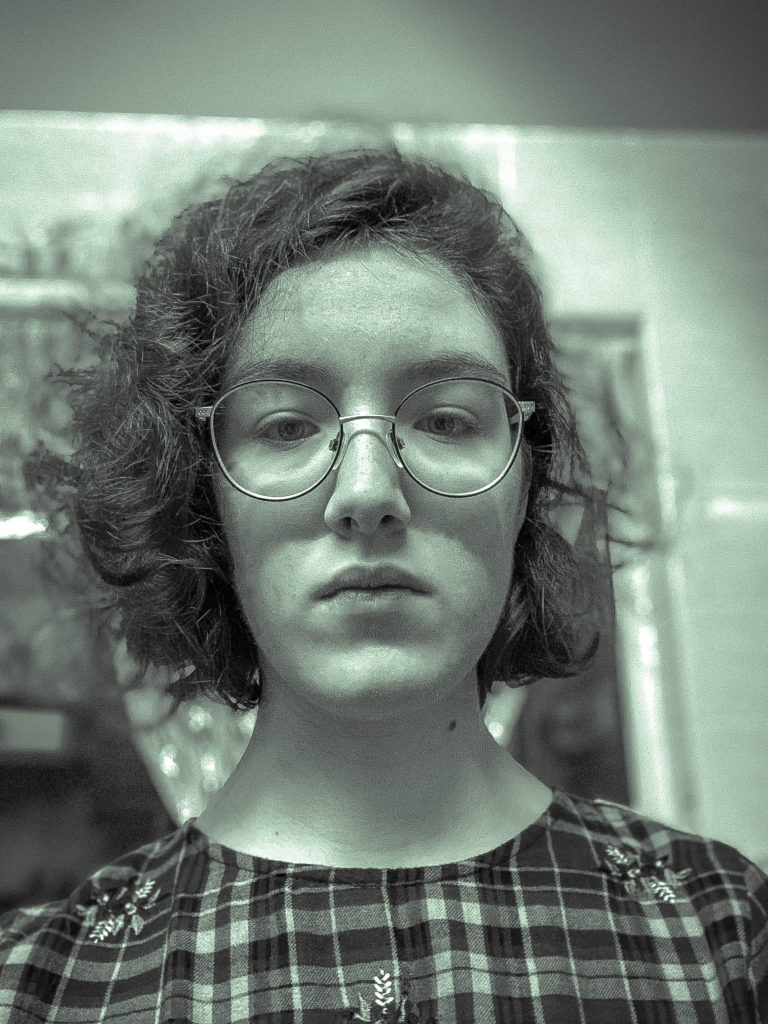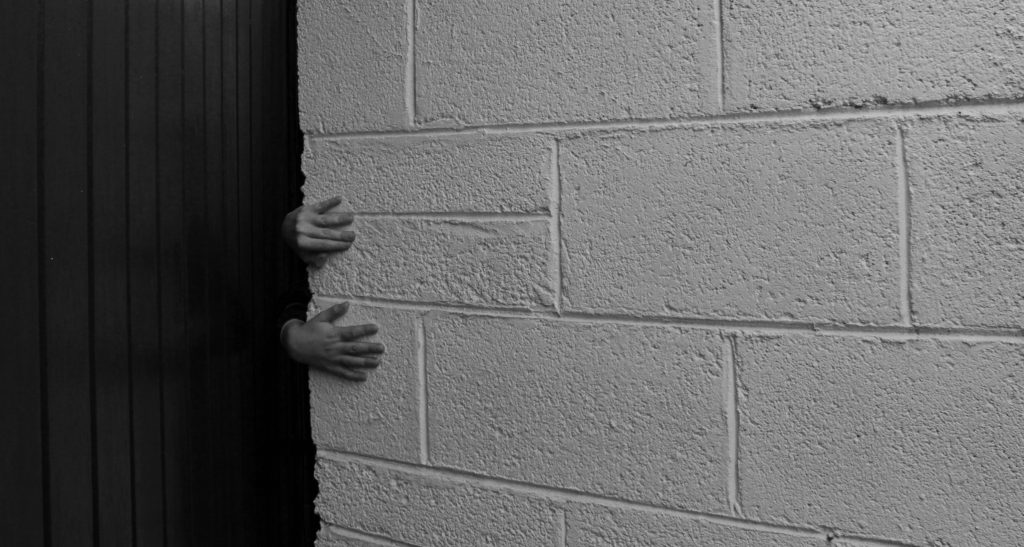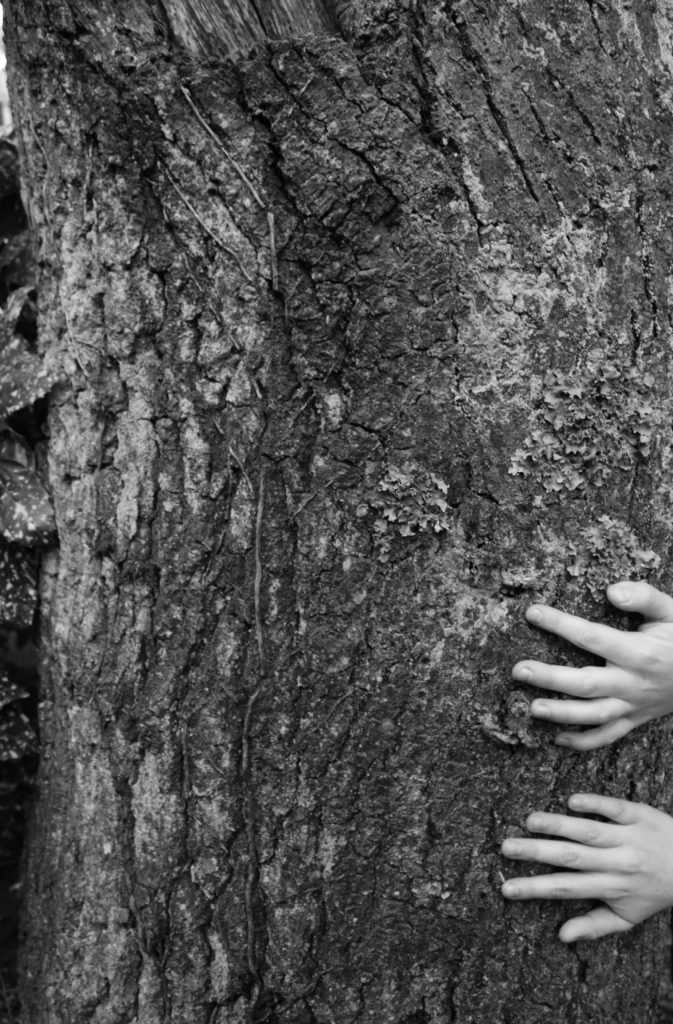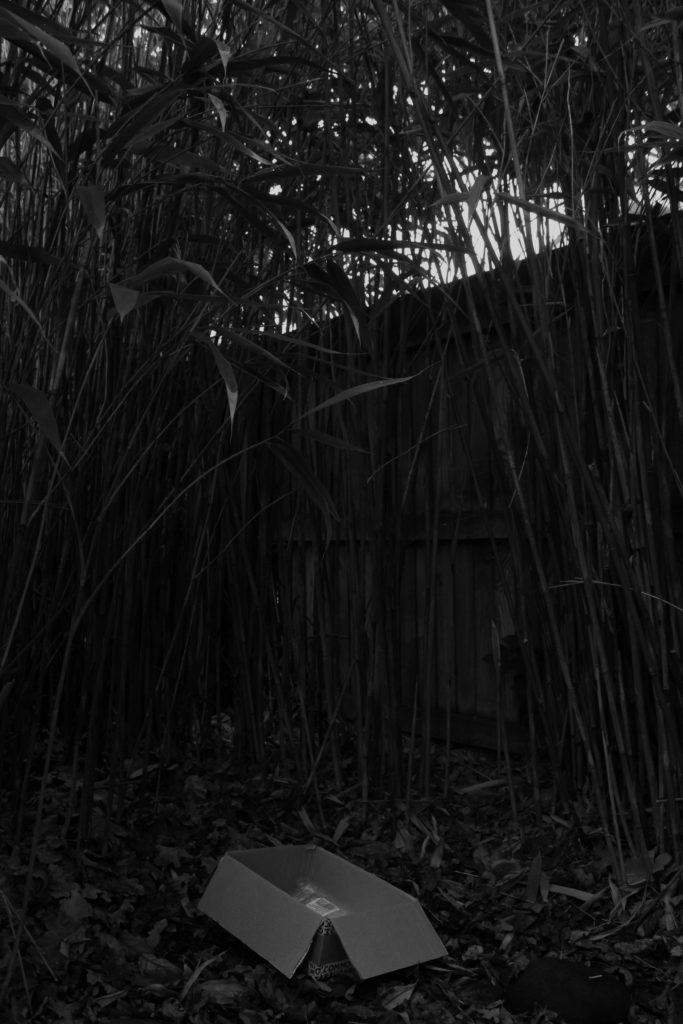Question – How does Walker Evans and Latoya Ruby Fraizer portray the importance of family in their work?
Introduction:
Once used only to document information, photography has now flourished into a huge industry, being used for multiple different reasons – for self-expression, for awareness of current events, for political grounds. As once said, “From Daguerre’s age to ours, photography has undergone a transformation, not only technologically but conceptually.”(Bright and Van Erp. 2019:18) The ways to take and portray photos are endless, with each person having an independent reason as to why and how they could utilise photography. Many use this form of expression to focus it on the ones they value the most – family. Family has a significant impact in an individual’s life. They are the first people they are familiarised with in early childhood, they are the ones who make them feel comfortable and safe, and are usually the ones who help them get through when they find themselves stuck in a tough situation.
For my personal study, I will be focusing on the importance of family, specifically my own, and hope to portray them in a way which can express their importance to me. Family has always been important in my life. As mentioned before, they are the first people who we know in our lives, and this creates a special bond from early childhood which cannot be replicated with anyone else or destroyed. Most of my family, including my parents and younger brothers, currently live in London whereas I moved to live in Jersey with my aunt and uncle over a year ago. This evidently means that I don’t see and talk to them as much as I used to, but although we may not end up talking for a week or may not see each other for a few months, we still have that strong connection. This theme relates to the previous work I have been doing on Occupation and Liberation as families were affected during the war, especially those who had family members outside of Jersey and had trouble communicating with them while the island was occupied. We were able to take a look at the Red Cross letters which were sent between people trying to communicate with their loved ones, and were able to see the limited words exchanged between family which were separated.
The two photographers I am looking at are Walker Evans and Latoya Ruby Fraizer, two individuals who both documented family life. I decided that I would be investigating these artists as their works link to the theme which I am looking at. Although Walker Evans didn’t photograph his own family, he did take a look at others and the effect that the Great Depression had on these families. Latoya Ruby is a photographer who looked at her own family and effects that the state of the community had on them. These two photographers also relate to the work I have been doing previous to this, about the Occupation in Jersey, as their photographs revolve around the oppressed and struggling people in a place which wasn’t economically or socially strong at the time, with Walker Evans looking at families who were being effected by the Great Depression and Latoya Ruby looking at her own family within a community which was struggling with racism and economic downfall. To respond to these photographers’ works and my question I will be taking images of my own family from both London and Jersey and plan to edit them in the same black and white way which both Evans and Fraizer used for their images, so there won’t be much experimentation with colour but I will be focusing on factors such as contrast, cropping and under/over exposure. I will be aiming to take these images in a documentary style within the homes of my family members as this is when they are most themselves and the most authentic, which is an important factor of my photoshoot.
Bibliography :
- Bright, S. and Van Erp, H.(2019), Photography Decoded. London: Octopus Publishing House


